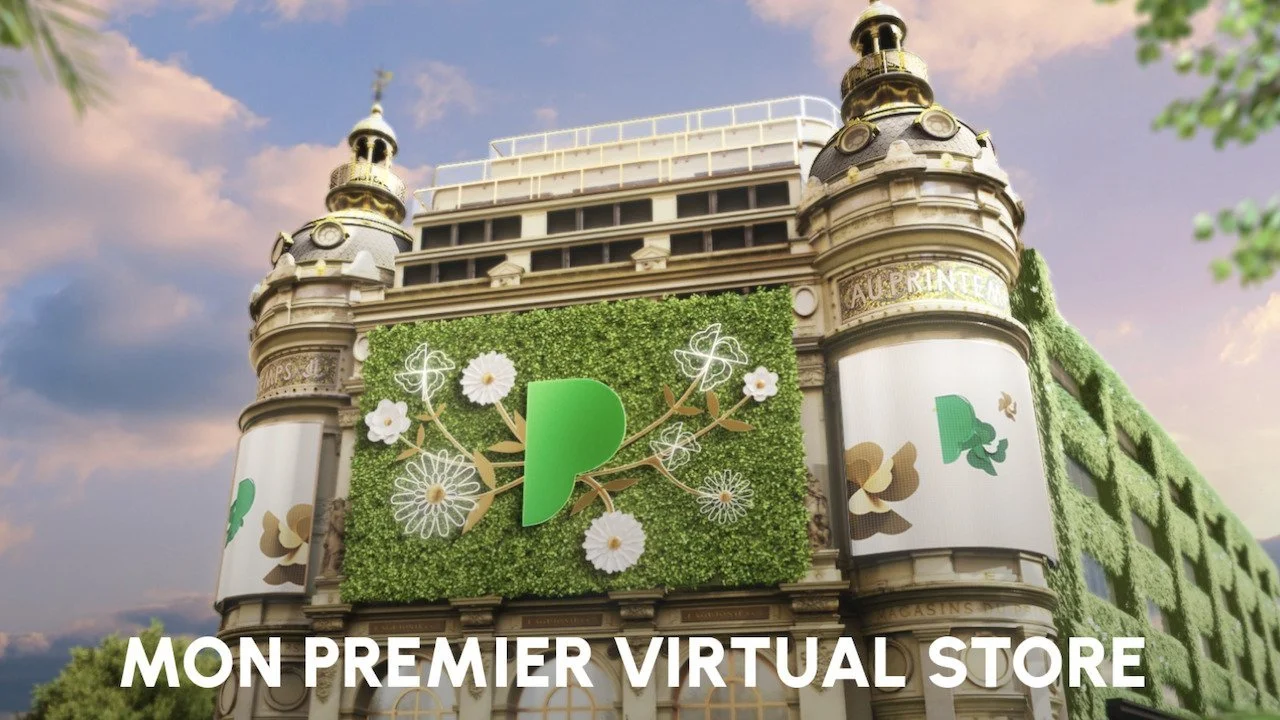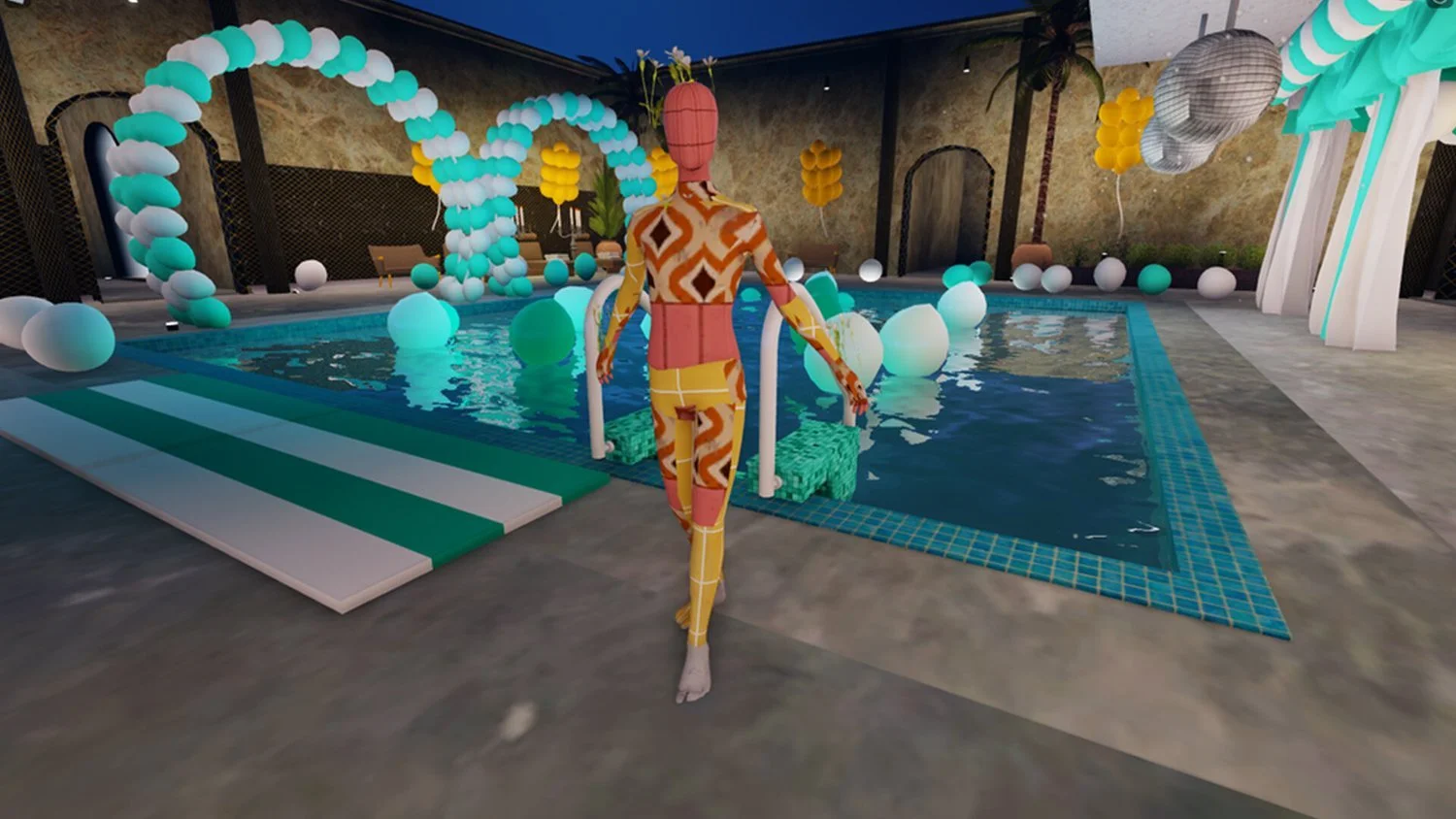Brands are all over the Metaverse: but is it for everyone?
Online Gen Z shoppers are spending more and more time exploring the Metaverse possibilities.
First Metaverse Fashion Week in Decentraland. The Metaverse frenzy is quickly spreading throughout diverse sectors, and the fashion industry is no stranger to jumping into the latest trends. Today, the question is no longer about getting in or not but rather on how to be relevant and profitable. So, what is the best strategy for the luxury sector to enter the Metaverse and maintain its positioning while staying relevant on the web3?
In a recent high profile re branding strategy, Parisian department store Printemps has created its own mini Metaverse by teaming with Dress X Digital Fashion store.
With this new phygital strategy around experiential Web 3.0 activations, Printemps looks to get ahead of fellow competitors in the European luxury retail market, but will NFTs and their potential application would be appealing for their current customers? How ready is the average department store client for a web3 implemented retail proposal?
As the average luxury fashion consumer (35 to 50 years old) traditionally shops for luxury items via search engines such as Google (PMX Agency Trend Report 2017), an alternate gaming world where you can purchase luxury items for your digital persona may not even be considered.
On the other hand, tech savvy Gen Z users can generate 19 million visits to the Gucci Garden’s space in the Roblox metaverse, and prove that platform-oriented initiatives by luxury brands perform well.
As the generational gap starts to widen, it becomes clear that luxury brands need to plunge into the $176 billion gaming industry and maintain their own brand positioning in these platforms to engage the next Gen customers.
Burberry, Off-White and Louis Vuitton are only some of the names that have already jumped in. Ralph Lauren, for instance, partnered with South Korean social network app Zepeto to create a virtual fashion collection where users could dress their avatars in exclusive products or appearance-altering “skins.”
For some consumers, digital fashion is a natural extension of applying social media filters on platforms such as Instagram and Snapchat, says Simon Windsor, cofounder and joint managing director at Dimension Studio, an agency that worked with Balenciaga on its video game. “We’re just at the tipping point of this new era.… It starts to change the meaning of fashion itself.”
Department fashion stores, boutiques and luxury fashion brands with a captive audience need to avoid imposing a concept that risk to be highly alienating to their current customers. Instead, their teams need to dive into this new digital world, where virtual products that propose self expression to Gen Z are being purchased as a splurge or a treat.
Artificial intelligence and augmented reality could open up opportunities for new business models that leverage virtual fashion. Technology that allows for 360-degree views has already been used to present seasonal collections through online showrooms, and avatars of models have walked 3-D virtual runways.
While the Metaverse is certainly exciting for industry insiders and promising on the mid-term for retail business opportunities, it would be a mistake to try to replicate content from web2 social media platforms or depend on collaborations to make Metaverse launches exciting. The Metaverse nature needs to be understood first, in order for luxury brands to execute a strategy that resonates with their positioning.
But does that mean that luxury brands that do not enter this digital realm will find themselves in the losing side? While it’s too early to tell, fashion has proven to be an industry that is always looking forward. As long as the web3 continues to develop, and users demand for virtual products continues to grow, the Metaverse will remain relevant for the luxury fashion industry.










